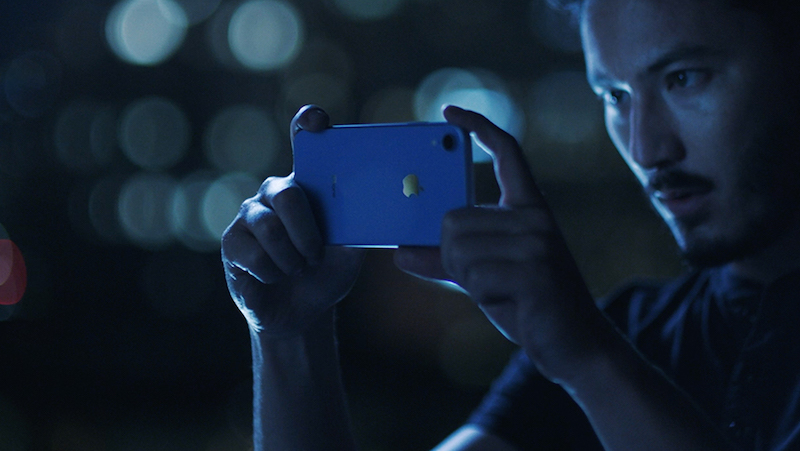Do you want to watch a movie that you downloaded on one of your mobile devices? Before you transfer the file over, you should check the format that it is in – and decide whether or not it is the ‘right’ one.
What is the ‘Right’ Format?
As you’re probably aware there is no one-size-fits-all format that is ‘right’, and the best format to use will vary on a case by case basis.
That being said the right format for mobile devices is one that should fulfill several criteria:
- Hardware support
Technically you don’t require hardware support to view a video format on your mobile device, as you can use software decoding instead. However software decoding heavily taxes the CPU and requires significant battery power to sustain.
If you’re watching a high quality movie using software decoding that will definitely take its toll and your battery may very well run dry by the time the movie is done.

Instead if you use a format that has hardware support on your mobile device, it will be decoded using the GPU. That is much more power-friendly, and it is less likely to drain your battery.
- Compression
One of the difficulties you’ll face when you transfer movie files over to mobile devices is the fact that they can take up a lot of storage space. A single movie can be several GB in size – which is a lot considering your mobile device probably only has anything from 16GB to 64GB storage space.
That is why you should try to use a format that provides the best compression possible – in the form of the video codec that it uses. In some cases you may be able to reduce the movie file size by quite a bit with the right codec, or in some cases it may not be possible at all.
Now that you know what criteria the ‘right’ video format needs to meet, you should be able to try identifying one. However that can be easier said than done, which is why you may want to approach it in a more practical manner.
How to Choose a Format
Although technically you could check the format that your movie is stored in, look up the formats that your mobile device supports, and try to identify the option that provides the best compression – that will be time consuming.
Instead an easier approach is to check the format (specifically, the codec) that your movie is using, then:
- Use MP4 with H.265 (HEVC) if you’re using a newer Android or Apple device that was manufactured within the last year.
- Use MP4 with H.264 for all other mobile devices, assuming your movie isn’t already using it.
Suffice to say MP4 with H.264 is supported by almost all mobile devices and you will have no trouble viewing it. It has decent compression, but the compression provided by HEVC is better – though it is only supported by newer devices.
Once you decide on a format, you can then convert your movie accordingly using online video converters or software. For example you may want to try Online Video Converter for smaller videos, but it may be easier to convert larger movies using software so you don’t have to upload it.
Conclusion
By choosing the right video format, you will be able to ensure that you have no trouble viewing your movie on any mobile device. On top of that it should be as compressed as it can be so that it doesn’t take up any more storage space than it absolutely has to.